Rose Summer Village, Ethiopia Golden Standard Rose Summer Seeds Gori Rose Summer Gori Gesha Fine Coffee beans
Rosa Coffee is famous in the Emerald Manor of Panama, originating from the inaccessible Mount Rosa in southern Ethiopia, located in the southwest of Ethiopia's Kafa forest near the border with Sudan, at an altitude of 1700-2100m. Rosa is not a high-yielding coffee variety, the bean body is slender, the flavor is not added, but it can resist leaf rust and can be used as a plant for cultivating mixed-race varieties. The cultivation of rose summer in Ethiopia does not show the advantages of rose summer, while the soil and water of Panama and the harsh planting environment of windbreak forests give play to the flavor of this variety of coffee. Qianjie also found this phenomenon, that is, the worse the environment, the better the flavor of Rosa coffee.
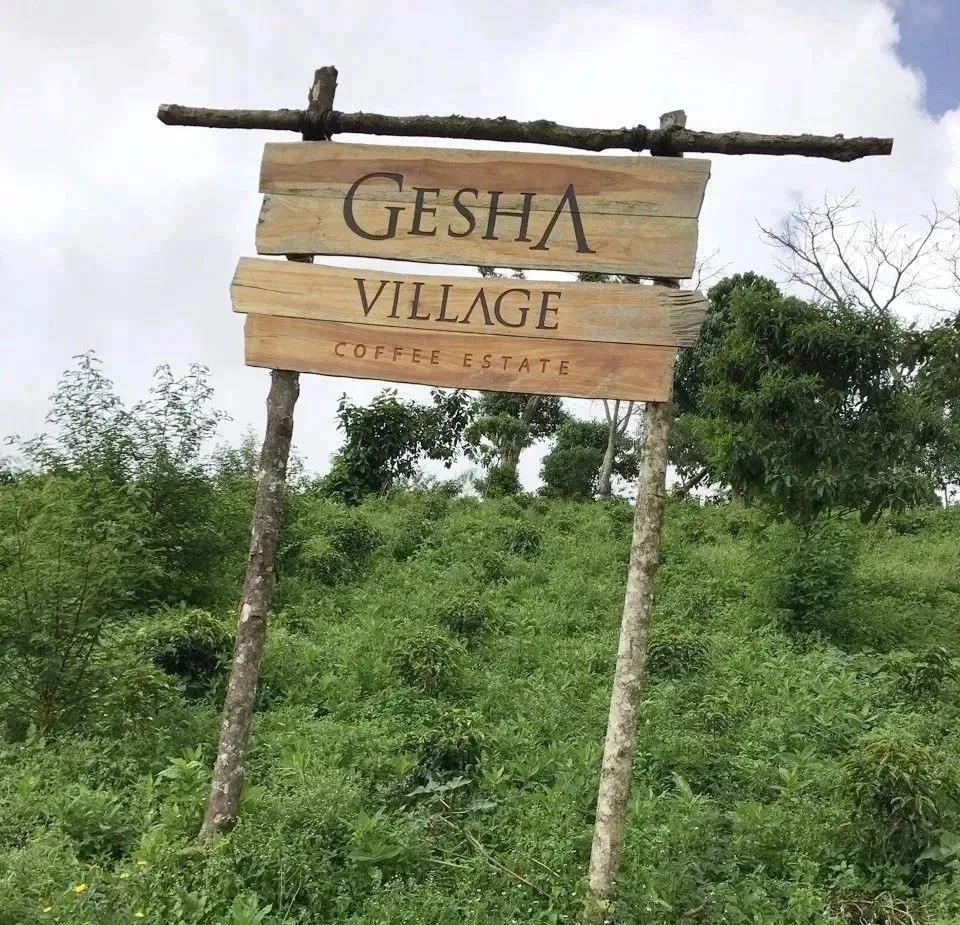
It is also a rosy summer, but the rose summer of Ethiopia and Panama are different in variety and flavor. Ethiopia as the birthplace of coffee, there are many wild coffee trees, unknown coffee trees can not even distinguish the local Ethiopian people, so the local Ethiopian people call Ethiopian coffee beans as Ethiopian native species. Among them, all the coffee tree species in the world come from this, and the Panamanian rosy summer coffee is also found in the rose summer forest of Ethiopia. Then the rose coffee was sent to Kenya for research and spread to Uganda, Tanzania and Costa Rica, while the Panamanian rose summer variety was introduced by Costa Rica.

The real native species of Rosa coffee comes from the Gori Rose Forest in Ethiopia. Most of the coffee beans in Ethiopia are cooperatives, and there are few manor-level coffee beans. But in Ethiopia's Kafa Forest, there is an estate called Rosa Village, which follows the business model of the Panamanian Jade Manor and sells the Rosa coffee beans grown on its estate by stages.
Guoxia Village Manor
Unlike most Ethiopian farms, Guixia Village is not a small farm, but a 500-hectare farm with its own washing plant and laboratory, and the whole farm only grows Rosa varieties. It is not generally impossible to determine specific varieties of Ethiopian native species. In 2007, documentary director Adam Overton and photographer wife Rachel Samuel came into contact with the Gera Coffee Forest in the Banchi Magi region while filming a documentary about Ethiopian coffee for the Ethiopian government.
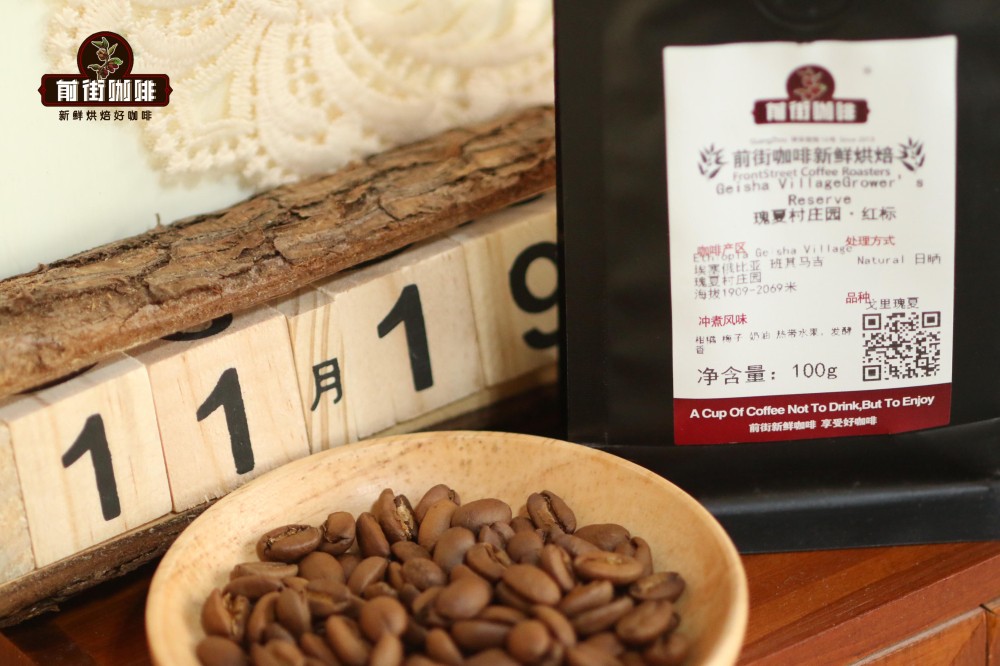
In 2009, they were lucky to meet the famous mule owner, BOP judge Willem Boot, and Willem Boot's idea also provided an opportunity for the Overton couple. Go back to Ethiopia to find the birthplace of Rose Xia. In the end, Adam Overton decided to set up a Rosa Village Manor in the Gera Coffee Forest where only Rosa Coffee was grown. Willem Boot also brought the Panamanian business model to the Rosa Village Manor, creating the current grading system of Rosa Coffee in the estate.
Due to the enthusiastic response to the first harvest of Rosa Village in 2015, they held their first international bid on May 31, 2017, with the assistance of Willem Boot, the owner of the mule farm in Panama. Rosa Village offered 21 micro-batches, of which 19 were 120kg, while the others were even fewer.
Grading system of Rose Summer Coffee in Ruoxia Village
There is a strict grading system in the manor of Guoxia Village, which is competitive bidding, gold bid, red bid, green bid and Chaka batch.
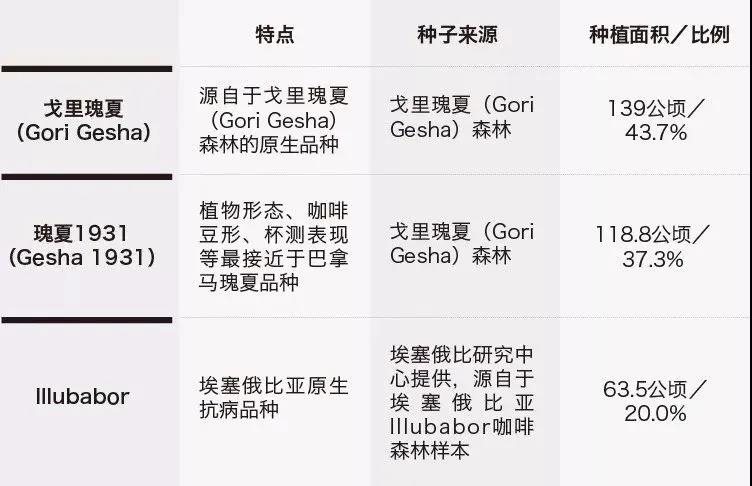
Competitive bidding
Bidding batches only account for 3.7% of the annual output of Guoxia Village Manor, and the top batches of the manor are selected through layers of strict screening. Can only be obtained through global bidding.
Gold standard RARITIES
Jinbiao batch of coffee accounts for about 10% of the annual output of Rose Xia Village Manor, the taste is complex, very rare. These rare coffees are the top coffee at the Rosa Village Manor except for bidding batches. Many baristas will choose gold standard batches as their competition beans, and bakers with high quality requirements will also purchase, with complete traceability, outstanding flavor and high complexity of each batch. The gold mark of Rose Xia Village on Qianjie Street comes from Omar 059 batch.
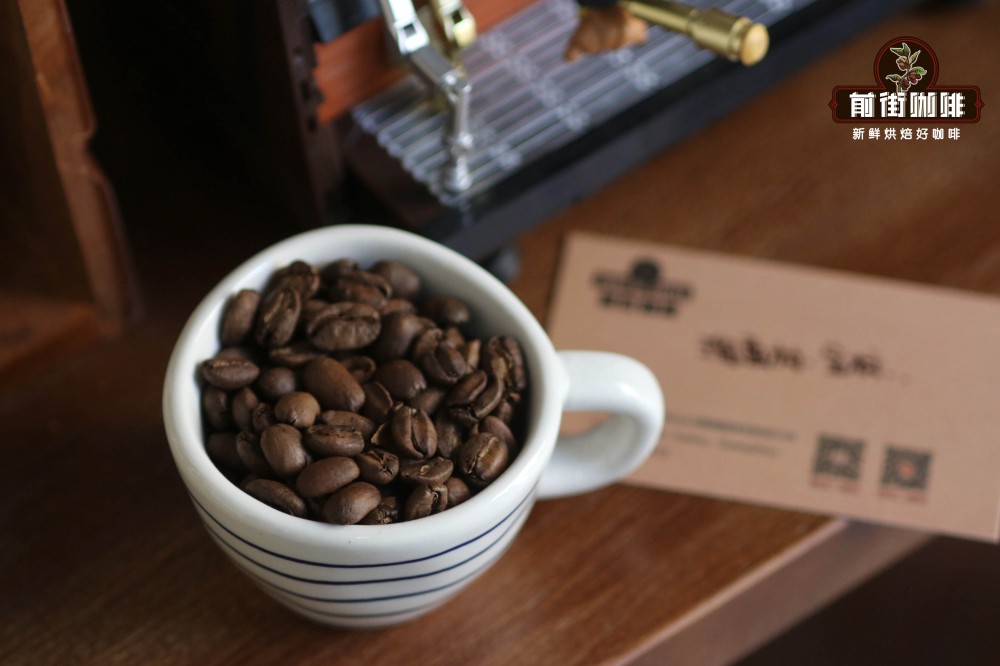
Red mark RESERVE
The coffee beans of the red standard batch account for about 15% of the annual output of the Ruoxia village manor, with complete traceability, the cup test score is more than 88 points (sca standard), has the typical Rosa village flavor, the flavor intensity and complexity are slightly weaker than the gold standard batch, and it is a single product batch with very high performance-to-price ratio. The red mark of Rose Xia Village is a Gori Rose summer variety.
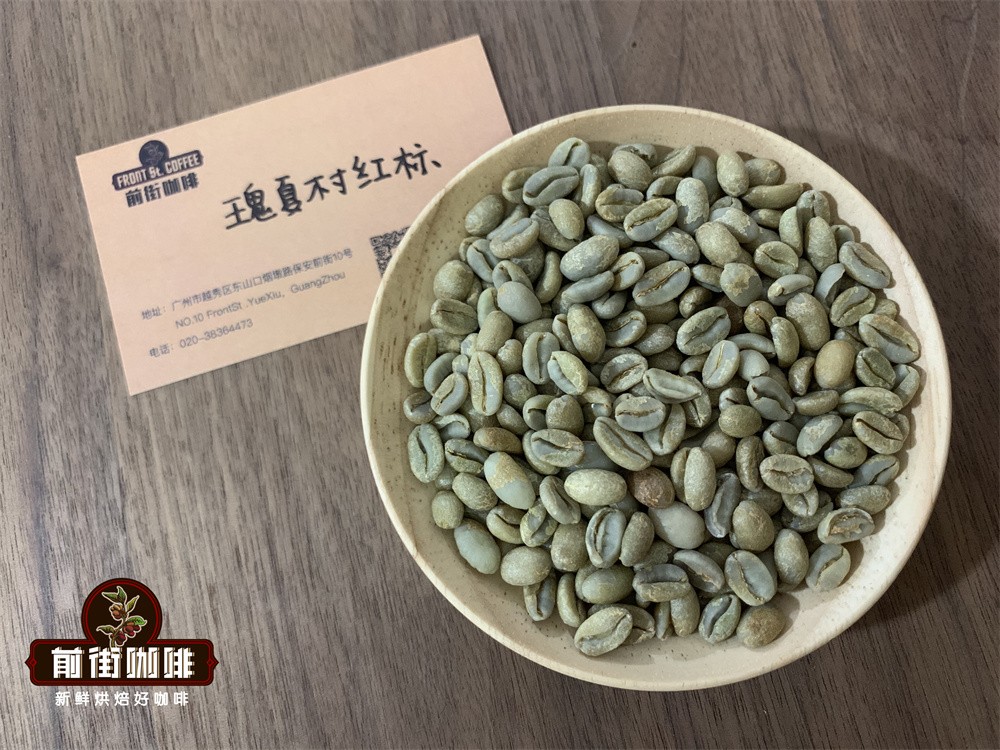
Green SINGLE-TERROIR
The green label batch comes from a single plot of Guoxia Village Manor and is a batch of a single variety. The green label batch provides complete traceability information for each batch number, including the name of the farm plot, the variety of coffee and the date of processing.
Chaka CHAKA
Chaka batches are mixed with coffee from all the plots on the estate and throughout the production season. At present, the Chaka coffee on the front street is tanned.

Distinguishing between the blocks of Guoxia Village
Bangi
The Bangi site, located to the east of Rosa Village Manor, with an elevation of 1911 to 2001 meters, is responsible for planting Gori Rosa varieties, covering an area of about 54 hectares. Most of the roses produced on the Bangi plot have aromas of honeysuckle and spices. Intense aromas of dark chocolate and spices, with hints of red fruit, black tea and blackcurrant.
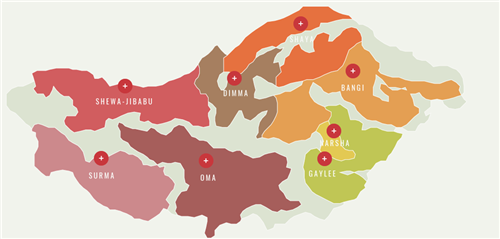
Dimma
The Dimma plot is located in the center of the estate of Ruoxia Village, with an elevation of 1966 to 2019 meters above sea level. The coffee produced in this plot is easy to have coffee flower flavor, stone fruit flavor and fresh citrus flavor.
Gaylee
The Gaylee site, located to the southeast of the Rosa Village Manor, is responsible for growing coffee varieties of Yilu Babo, just like the Dimma plot, with an elevation of 1916 to 1982 meters. Officials described the site as a cup with flavors of fruit and spices, as well as lemon grass and jasmine.
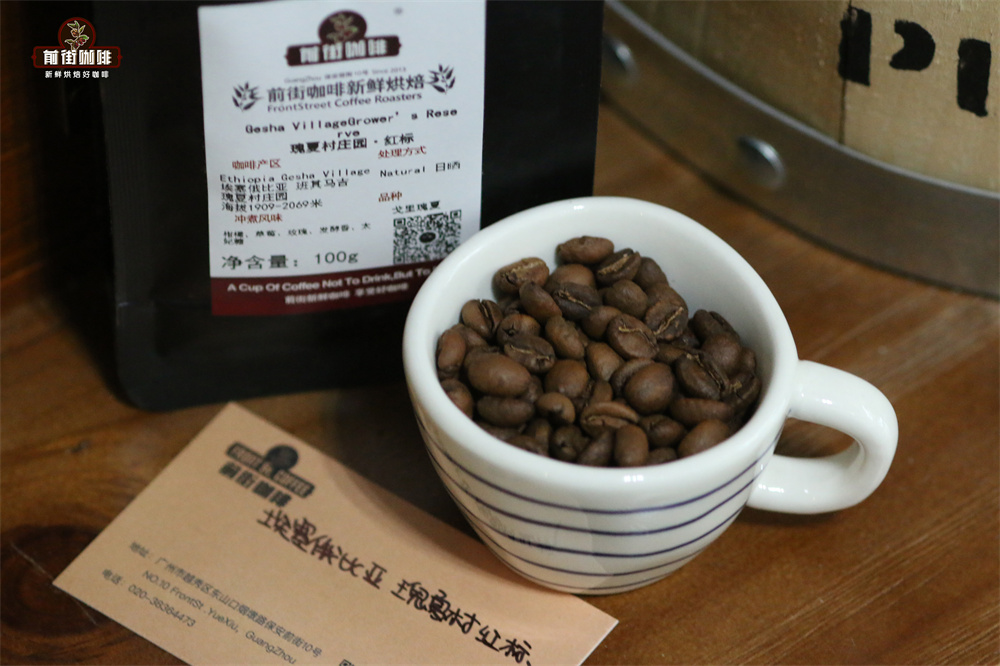
Oma
The Oma plot, located to the south of the estate of Rosa Village, is 1931 to 2040 meters above sea level and is responsible for planting Rosa 1931 varieties, covering a total area of 67.6 hectares. The Oma plot has a strong aroma of jasmine. Subtle flavors of peaches, apricots, preserves, melons and oranges, as well as sweetness mixed with honey.

Narsha
Narsha plot is to the east of Guixia Village Manor and adjacent to the west of Gaylee block. The planting area is small, only 5.3ha, and the planting variety is Rosa 1931. The site is officially described as honeysuckle, yellow fruit, lime, dark chocolate, peaches, apricots, roses, clean acidity and an aftertaste of bergamot.
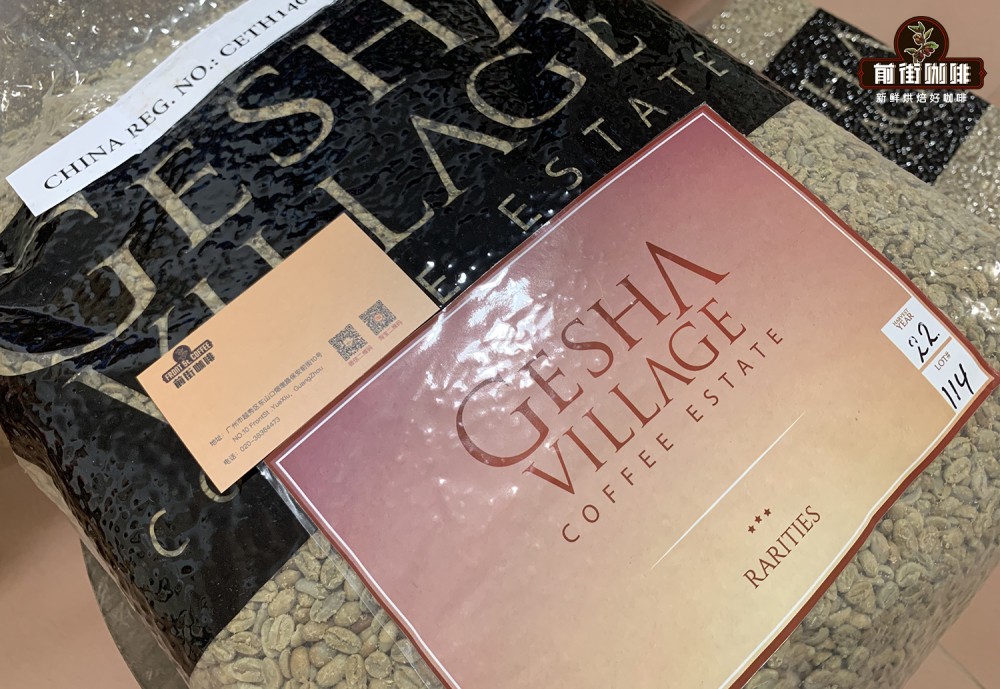
Qianjie Coffee this year's new production season of Jinbiao Rosa coffee beans from the Oma plot, the treatment method is 32 days of sun treatment, the variety is exclusive to the Oma plot Rosa 1931.
What is the variety of Rosa 1931?
Gori Gesha is the place where the landowners of Rose Summer Village traced to the source of historical materials and thought that the British sampled roses from here, so they also took samples here, and finally selected Rose Xia 1931, which was not selected for genetic identification, but to observe the plant shape, the shape of beans, and the flavor of the cup to determine. From the sample, they think that this coffee variety is similar to the Panamanian summer. Historically, Geisha was discovered in 1931 at Mount Geisha Mountain in southern Ethiopia (which happens to be synonymous with Japanese geisha) and exported to Kenya. Geisha 1931 is actually Geisha, and the following numbers just represent the Geisha variety that was discovered in 1931.
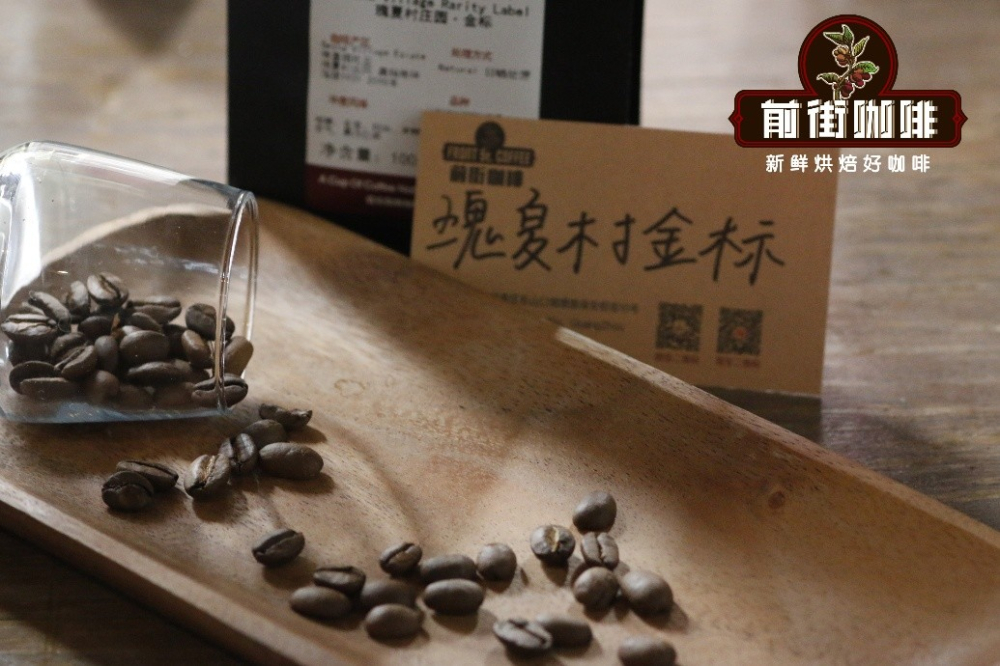
Ruixia 1931 (Gesha1931) is confirmed by observing the shape of the plant, the shape and size of the beans, and its cup test. It is the closest female parent to the Panamanian rose.
Treatment of coffee beans in Ruoxia Village
Qianjie Coffee, Rose Xia Village Jinbiao Coffee, Rose Xia Village Red Standard Coffee and Rose Xia Village CHAKA Coffee are all sun-treated.
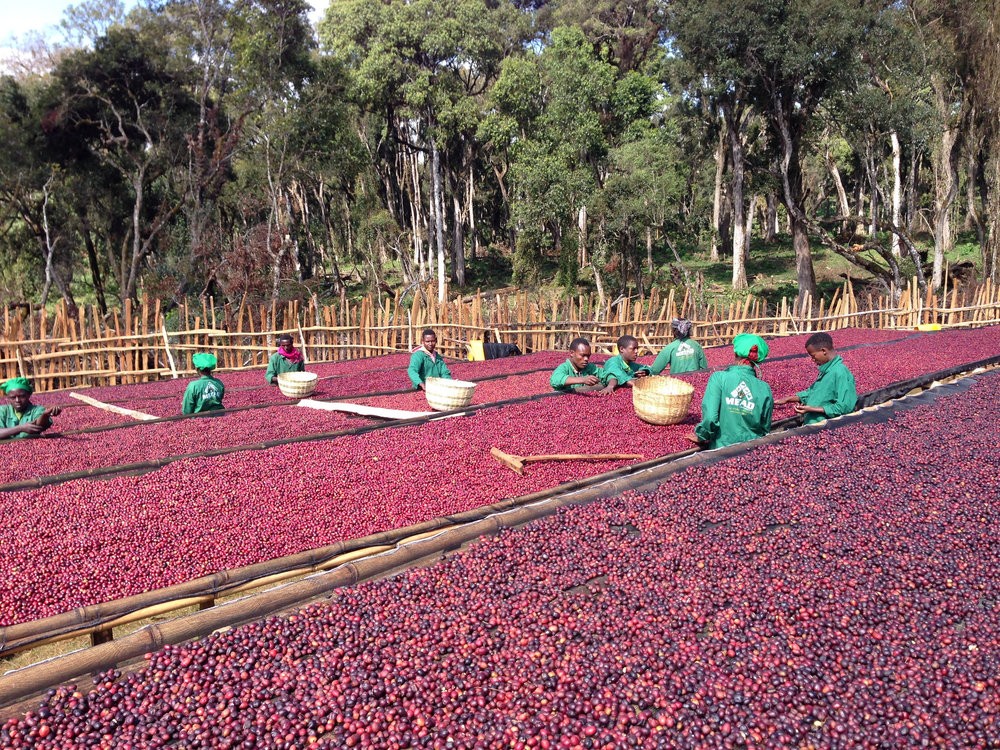
First remove the floating impurities, and then cover the sun with a thin layer of plastic sheeting on the African-style elevated scaffolding. when drying with a tanning bed, they will be screened again to select worm-eaten beans and coffee beans that are green in color. The total drying time is 18-30 days.
Before brewing, you should first know the coffee beans. The Rose Summer Manor in the Rose Village of Qianjie Coffee is located in Bancimaji, Ethiopia, while this red mark batch comes from the manor's Shewa-Jibabu plot, located in the northwest of the manor. Coffee trees are planted at an altitude of 1973 to 2069 meters.
Qianjie brewed rose summer village coffee parameters:
In order to retain the unique bright acidity of coffee beans in Ethiopia, Qianjie Coffee roasted the beans to a medium-light level. The structure density of coffee beans at high altitude is relatively small, because the baking time is short, so the structure of coffee beans has not been changed much, and the substances in coffee are not easy to extract.
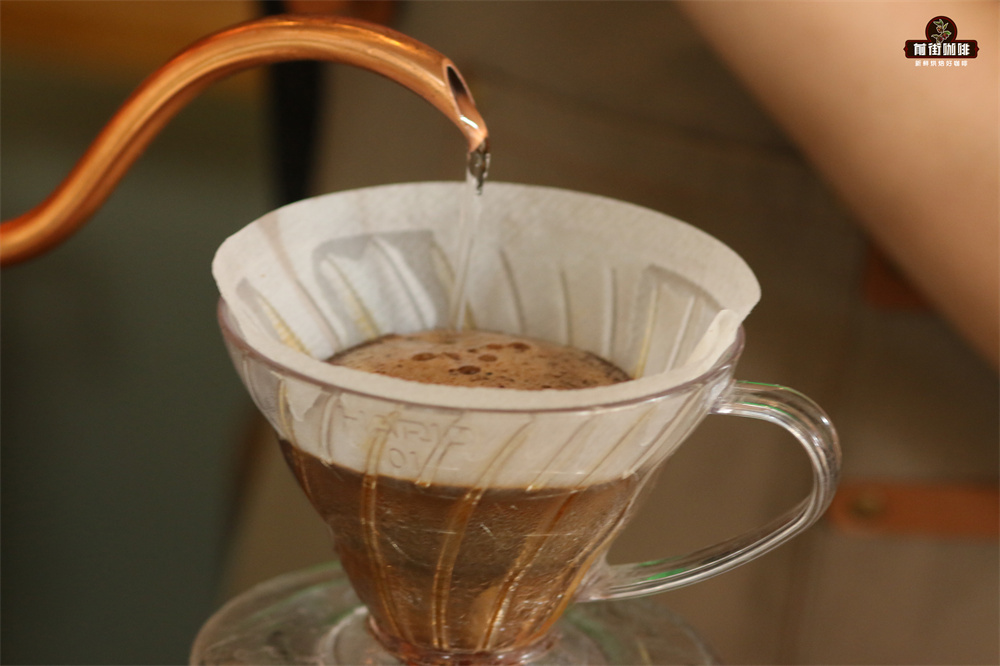
Therefore, in brewing medium-light coffee beans, Qianjie coffee is recommended to use medium-fine grinding / fine sugar thickness (China 20 standard screen screening rate of 80%. Use 15 coffee powder, then brew with a V60 filter cup, a water temperature of 91 degrees Celsius, a powder-to-water ratio at 1:15 and a three-stage water filling technique.
The use of segmented extraction, with twice the amount of coffee powder water for steaming, that is, 30 grams of water for 30 seconds, and the reason for the need for steaming process is to make coffee powder can discharge the internal carbon dioxide gas, so that the latter stage of the extraction is better stable. When the small water is injected around the circle to 125 grams, the injection will be stopped until 225 grams, then the filter cup will be removed after the dripping of the filter cup, and the extraction time will be 2 minutes 39 grams. Next, pick up and shake the whole cup of coffee, then pour it into the cup and taste it.
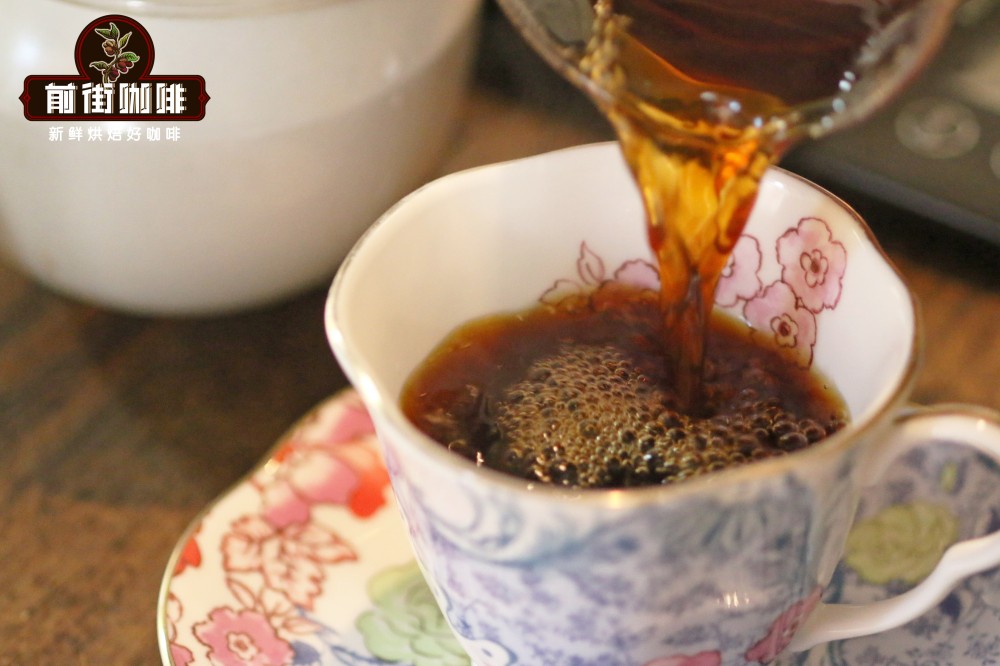
Qianjie Ruoxia Village Jinbiao coffee flavor features: sweet berry flavor, full and mellow taste, with a little chamomile, raspberry flavor, aftertaste with melon flavor and tea taste.
Qianjie Ruoxia Village Hongbiao coffee flavor features: coconut, licorice, cream, chocolate, toffee, citrus, almonds, strawberries, smell fermented. The overall flavor is more balanced, the taste is mellow, and the nut flavor is more prominent.
Suggestions for making coffee in front of the street:
For the brewing of coffee, Qianjie has always believed that the freshness of coffee beans has a great relationship with the flavor of coffee, so the coffee beans shipped in Qianjie coffee are roasted within 5 days. The purpose of Qianjie roasting is "freshly roasted coffee", so that every guest who places an order is the freshest coffee when he receives it. The bean cultivation period of coffee is about 4-7 days, so when the guest gets it, it is the time when the flavor is the best.
For those who need to be ground, Qianjie warmly reminds you that if the coffee beans are ground in advance, there is no need to raise the beans, because in the process of transportation, the pressure caused by carbon dioxide in the package can also make the coffee flavor round. so you can drink a cup of coffee as soon as you receive the coffee powder. But the coffee powder needs to be brewed in time, because the coffee powder oxidizes more quickly after contact with the air, that is to say, the flavor of the coffee will dissipate more quickly, and the flavor of the coffee is not so good. Therefore, Qianjie suggests buying whole beans, grinding and flushing now, so that we can better taste the flavor of coffee.
Professional coffee knowledge exchange more coffee bean information please follow the coffee workshop (Wechat official account cafe_style)
For more boutique coffee beans, please add private Qianjie coffee on Wechat. WeChat account: qjcoffeex
Important Notice :
前街咖啡 FrontStreet Coffee has moved to new addredd:
FrontStreet Coffee Address: 315,Donghua East Road,GuangZhou
Tel:020 38364473
- Prev

[notes on looking for beans on the front street] A report on the new beans from the donkey manor known as the "cattle" of Panama
Panama El Burro EstateNatural Panamanian Donkey Manor Sunshine country: Panamanian Manor: donkey Manor production area: Pokuit Variety: Rose Summer altitude: 1700-2000m treatment: sun treatment Grade: SHB | Poquet producing area is also home to many excellent manors, in addition to the famous Jade Manor, Arida Manor and Akka.
- Next
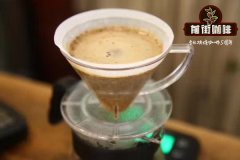
Introduction of the producing area and description of flavor characteristics of Ecuadorian San Juan coffee
The Taza Dorada contest has been held for many years. Coffee farmers submit their high-quality coffee raw beans for national and international evaluation to determine which are the best micro-batches, which can be said to be Ecuador's COE. Unlike the COE system, Taza Dorada does not adopt an auction system, and the winning batches of raw coffee beans will almost be booked by buyers who know the goods. This area
Related
- Detailed explanation of Jadeite planting Land in Panamanian Jadeite Manor introduction to the grading system of Jadeite competitive bidding, Red bid, Green bid and Rose Summer
- Story of Coffee planting in Brenka region of Costa Rica Stonehenge Manor anaerobic heavy honey treatment of flavor mouth
- What's on the barrel of Blue Mountain Coffee beans?
- Can American coffee also pull flowers? How to use hot American style to pull out a good-looking pattern?
- Can you make a cold extract with coffee beans? What is the right proportion for cold-extracted coffee formula?
- Indonesian PWN Gold Mandrine Coffee Origin Features Flavor How to Chong? Mandolin coffee is American.
- A brief introduction to the flavor characteristics of Brazilian yellow bourbon coffee beans
- What is the effect of different water quality on the flavor of cold-extracted coffee? What kind of water is best for brewing coffee?
- Why do you think of Rose Summer whenever you mention Panamanian coffee?
- Introduction to the characteristics of authentic blue mountain coffee bean producing areas? What is the CIB Coffee Authority in Jamaica?

